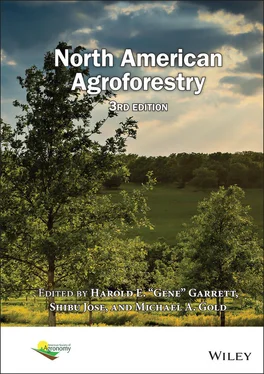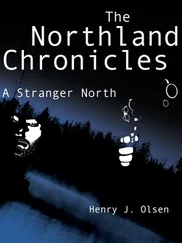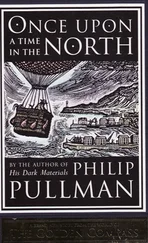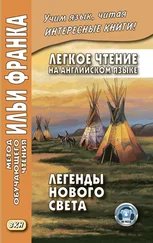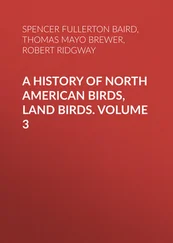123 Söderström, B., Svensson, B., Vessby, K., & Glimskär, A. (2001). Plants, insects and birds in semi‐natural pastures in relation to local habitat and landscape factors. Biodiversity & Conservation, 10, 1839–1863. https://doi.org/10.1023/A:1013153427422
124 Thevathasan, N. V., & Gordon, A. M. (2004) Ecology of tree intercropping systems in the north temperate region: Experiences from southern Ontario, Canada. Agroforestry Systems, 61, 257–268. https://doi.org/10.1023/B:AGFO.0000029003.00933.6d
125 Thevathasan, N. V., Gordon, A. M., & Voroney, R. P. (1998). Juglone (5‐hydroxy‐1,4 napthoquinone) and soil nitrogen transformation interactions under a walnut plantation in southern Ontario, Canada. Agroforestry Systems, 44, 151–162.
126 Tilman, D. (1980). A graphical‐mechanistic approach to competition and predation. The American Naturalist, 116, 362–393.
127 Tilman, D. (1982). Resource competition and community structure. Princeton, NJ: Princeton University Press.
128 Tilman, D. (1990). Constraints and tradeoffs: Toward a predictive theory of competition and succession. Oikos, 58, 3–15.
129 Tilman, D., Cassman, K. G., Matson, P. A., Naylor, R., & Polasky, S. (2002). Agricultural sustainability and intensive production practices. Nature, 418, 671–677.
130 Todhunter, M. N., & Beineke, W. F. (1979). Effect of fescue on black walnut growth. Tree Planters’ Notes, 30, 20–23.
131 Troeh, F. R., & Thompson, L. M. (1993). Soils and soil fertility (5th ed.) New York: Oxford University Press.
132 Tsonkova, P., Böhm, C., Quinkenstein, A., & Freese, D. (2012). Ecological benefits provided by alley cropping systems for production of woody biomass in the temperate region: A review. Agroforestry Systems, 85, 133–152.
133 van Noordwijk, M., Lawson, G., Soumaré, A., Groot, J. J. R., & Hairiah, K. (1996). Root distribution of trees and crops: Competition and/or complementarity. In C. K. Ong & P. Huxley (Eds.), Tree–crop interactions: A physiological approach (pp. 319–364). Wallingford, UK: CAB International.
134 Von Kiparski, G. R., Lee, L. S., & Gillespie, A. R. (2007). Occurrence and fate of the phytotoxin juglone in alley soils under black walnut trees. Journal of Environmental Quality, 36, 709–717.
135 Wanvestraut, R., Jose, S., Nair, P. K. R., & Brecke, B. J. (2004). Competition for water in a pecan–cotton alley cropping system. Agroforestry Systems, 60, 167–179.
136 Waring, H. D., & Snowdon, P. (1985). Clover and urea as sources of nitrogen for the establishment of Pinus radiata. Australian Forest Research, 15, 115–121.
137 Wojtkowski, P. (1998). The theory and practice of agroforestry design. Enfield, NH: Science Publishers.
138 Yang, L. L., Ding, X. Q., Liu, X. J., Li, P. M., & Egrinya Eneji, A. (2016). Impacts of long‐term jujube tree/winter wheat–summer maize intercropping on soil fertility and economic efficiency: A case study in the lower North China Plain. European Journal of Agronomy, 75, 105–117.
139 Zamora, D., Jose, S., & Nair, P. K. R. (2006). Interspecific interaction in a pecan–cotton alleycropping system in the southern United States: The production physiology. Canadian Journal of Botany, 84, 1686–1694.
140 Zamora, D., Jose, S., & Nair, P. K. R. (2007). Morphological plasticity of cotton roots in response to interspecific competition with pecan in an alleycropping system in the southern United States. Agroforestry Systems, 69, 107–116.
141 Zhang, W., Wang, B. J., Gan, Y. W., Duan, Z. P., Hao, X. D., Xu, W. L., & Li, L. H. (2018). Different tree age affects light competition and yield in wheat grown as a companion crop in jujube–wheat agroforestry. Agroforestry Systems, 93, 653–664.
1 Explain how the competitive exclusion principle and the unified neutral theory vary in explaining species coexistence.
2 How can we make use of physiological information such as photosynthetic pathway (e.g., C3 vs. C4) of component species in designing sustainable agroforestry systems?
3 Although shading is commonly associated with competition for light, shading can be beneficial in agroforestry systems. Describe the beneficial or facilitative role of shading with the help of examples.
4 What is meant by “safety‐net hypothesis” in an agroforestry context? Provide an example each from (a) alley cropping, (b) silvopasture, and (c) riparian buffer.
5 Agroforestry systems seem to have fewer pest problems than their monoculture counterparts. Explain the ecological basis of this phenomenon.
6 Describe the concept of hydraulic lift and its importance in improving the water balance of forage grass in a longleaf pine (Pinus palustris) silvopasture in the southern United States.
7 Explain how plants utilize root plasticity in avoiding belowground competition when grown in species mixtures.
Section II Agroforestry Practices
Конец ознакомительного фрагмента.
Текст предоставлен ООО «ЛитРес».
Прочитайте эту книгу целиком, купив полную легальную версию на ЛитРес.
Безопасно оплатить книгу можно банковской картой Visa, MasterCard, Maestro, со счета мобильного телефона, с платежного терминала, в салоне МТС или Связной, через PayPal, WebMoney, Яндекс.Деньги, QIWI Кошелек, бонусными картами или другим удобным Вам способом.
